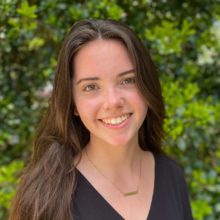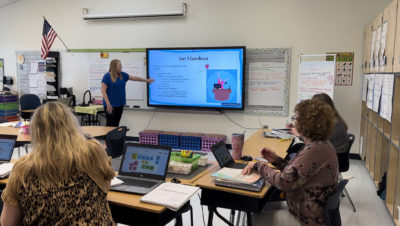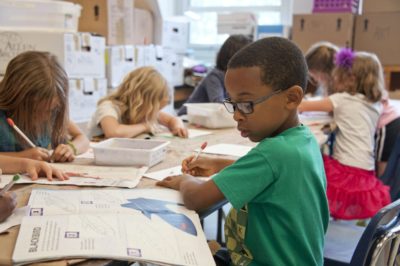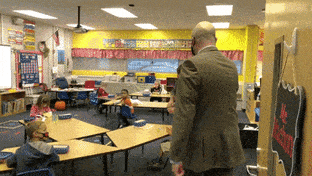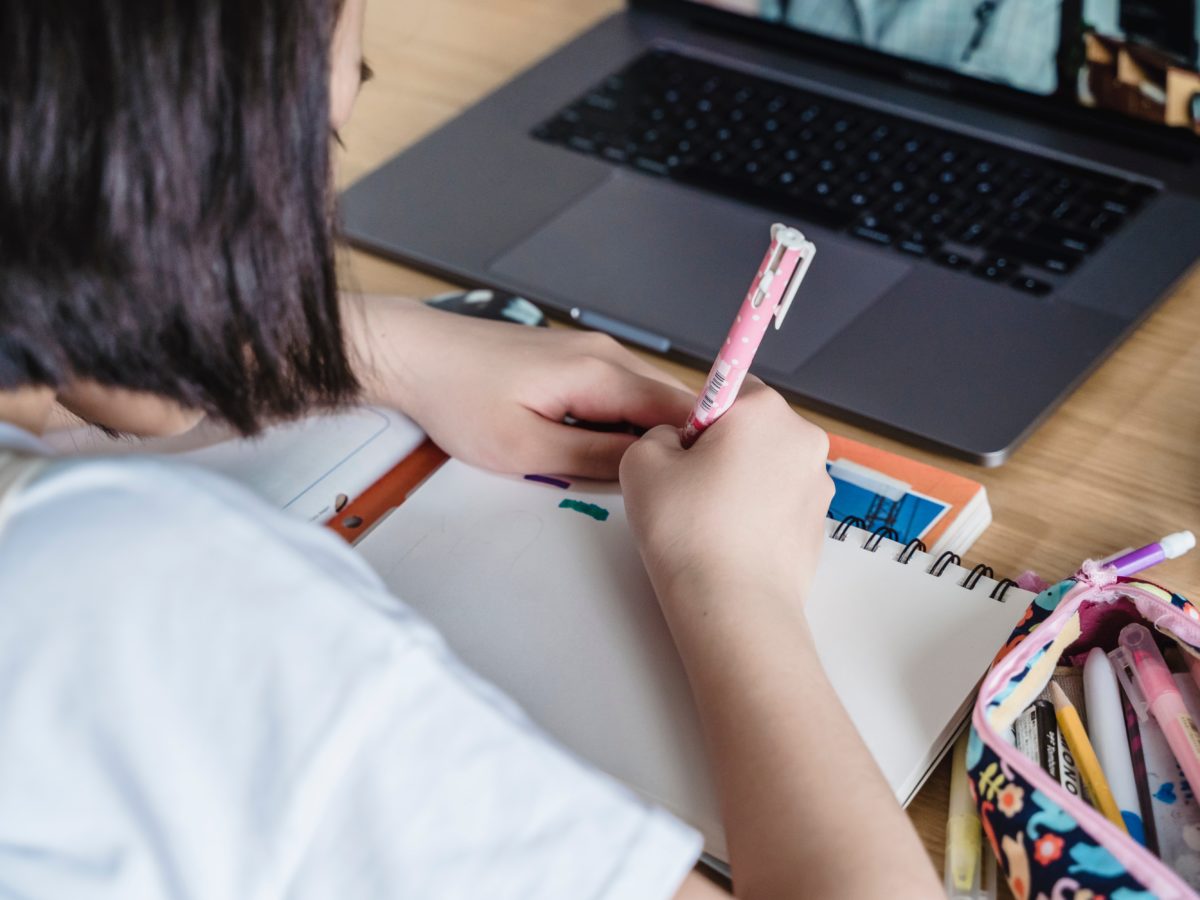

Teaching during a pandemic is hard. That’s not new information. It’s been posted on headlines, joked about in memes, and repeatedly shared across Facebook groups since March of 2020.
I began my teaching career about one year ago, entering the profession as a Teach For America corps member, optimistically hoping that masks and social distancing would soon be a thing of the past.
This was not the case.
We spent nearly the entire school year masked up and distanced. I cannot attest to teaching before COVID-19, but I do believe that the added pressure of implementing these restrictions and keeping students safe from this invisible enemy makes life as an educator even more challenging.
I was trying so hard to get to know my students and understand how to help them learn best while only recognizing the top halves of their faces. So much instructional time was eaten up by cleaning procedures, absences, and making up for unfinished learning from the previous year.
As a brand-new teacher, I was extremely overwhelmed. I thought the most logical way to overcome these obstacles was to spend as much time preparing as possible. This meant late afternoons drawing up lesson plans, studying curriculum, researching learning strategies, planning small groups, and doing whatever I could think of to help my students succeed. And while I don’t regret how much these efforts helped my instruction, I was exhausted and had little time for much else.
This effort benefited some of my students, but some still seemed stagnant. The tragic reality is that many students are not proficient in their grade level, and even in lower elementary years, these difficulties correlate to long-term academic struggles.
So I took a step back and went right to the source.
One morning in September I asked one of my students who had trouble staying engaged and rarely participated, “What do we need to do to help you learn today?”
This is a big question for a 7-year-old, but it needed to be asked. I was taken aback by his response.
“I just want to tell you what’s on my mind,” he said.
In that moment something shifted. My students, I began to recognize, were not just small scholars; rather, young as they are, they’re still people — complex humans with very big thoughts, feelings, and needs.
I realized that’s what I was missing. Education is not just about teaching a curriculum, it’s about building better people and an environment not only where people can learn, but thrive.
The role of a teacher is multifaceted and demands that educators seamlessly adapt to the needs of their students. However, the pandemic changed these needs drastically.
We have not yet understood the degree of trauma children have encountered during the COVID-19 pandemic. This trauma has disproportionately affected BIPOC students and those with disabilities. Working with impacted youth takes a toll physically and emotionally, and is especially challenging when we have yet to fully process our own experiences during the pandemic.
When my student told me that he just wanted to share his thoughts, I realized I was missing a big piece of this puzzle. Even more than that, I realized that to have a successful year I needed to implement more intentional strategies to ensure that both my own emotional needs, and those of my students, were being met.
After that, every morning, I would give each of my students the opportunity to share something that makes them happy. After that, every week, we would send each other positive notes. And after that, every day, I would make time to intentionally check in with my scholars who were struggling to stay engaged. I made time to really listen to them and let them share what was on their mind.
We worked on processing through and understanding what we are feeling. Naming emotions and identifying a more productive coping mechanism made all the difference to my students.
Together, my scholars and I established an accountable classroom culture — one where we could encourage one another and help each other make the best choices.
My first year teaching was draining, exhausting, and incredibly challenging.
But it was also incredibly rewarding.
Every day, I entered my classroom knowing that I had an opportunity to have a positive impact on a student’s life. My students and I worked in partnership to overcome the taxing emotional experiences that we had encountered over the past few years. With them, I had the opportunity to learn about myself, as they motivated me to practice my own form of self-care and healing.
Now, I am walking into my second year leading a classroom. Our policies and procedures may look different, but the primary responsibility of teachers remains unchanged: to support our students’ needs and empower them to achieve their goals. While last year posed unique challenges that were often overwhelming, I feel confident knowing that those demands prepared us to come back stronger and more determined than ever.
I know they’re only in second grade, but if the people who sit in my classroom are any indication of our future, then I know that’s a place where I want to be.
